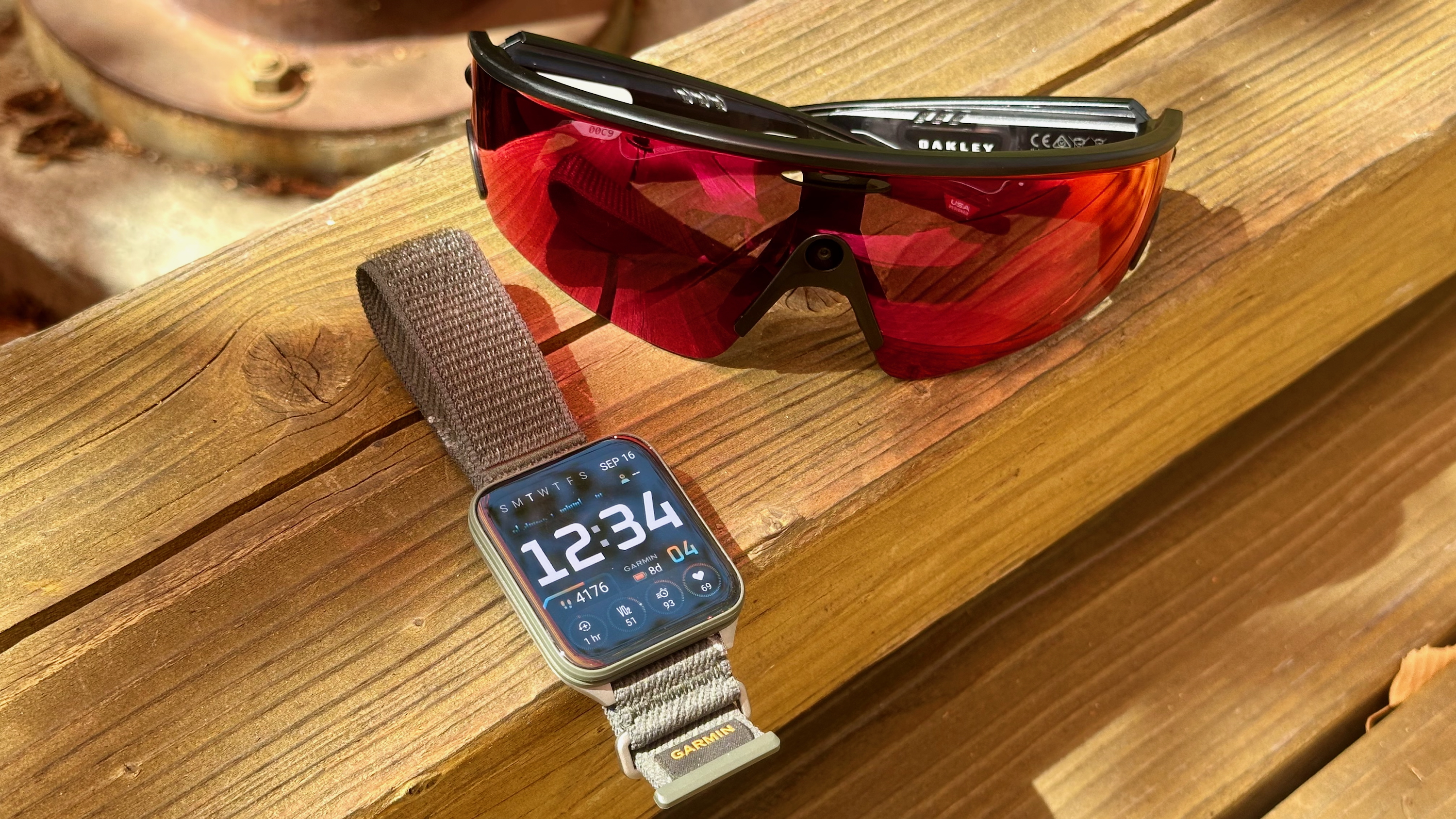Moondrop Stellaris review: These IEMs are too bright for their own good
Moondrop gets a lot right with the Stellaris, but the bright tuning won't be to everyone's tastes.

Moondrop has an almost cult-like following in the affordable hi-fi category, and deservedly so — the brand has consistently rolled out value-focused products that sound fantastic. Moondrop is now turning its attention to budget planar IEMs with the introduction of the Stellaris, and it isn't the only brand to do so; there have been a wave of affordable IEMs with planar magnetic drivers, with the likes of LETSHUOER S12 and TinHiFi P2 Max delivering a lot of value.
Even here, Moondrop has managed to undercut its rivals, with the Stellaris available for just $109 from HiFiGo. That's a terrific value when you consider the IEMs have a 14.5mm planar driver and one of the best cables I've seen in this category.

Let's start with the design, because that is a key highlight with the Stellaris. The Stellaris look magnificent even by Moondrop's lofty standards, with the IEMs featuring a rich blue finish with an iridescent pattern that shimmers when light strikes the surface of the earbuds. The face plate gets an attractive design with stars and the sun painted in gold, and the Stellaris stands out quite a bit against its rivals.
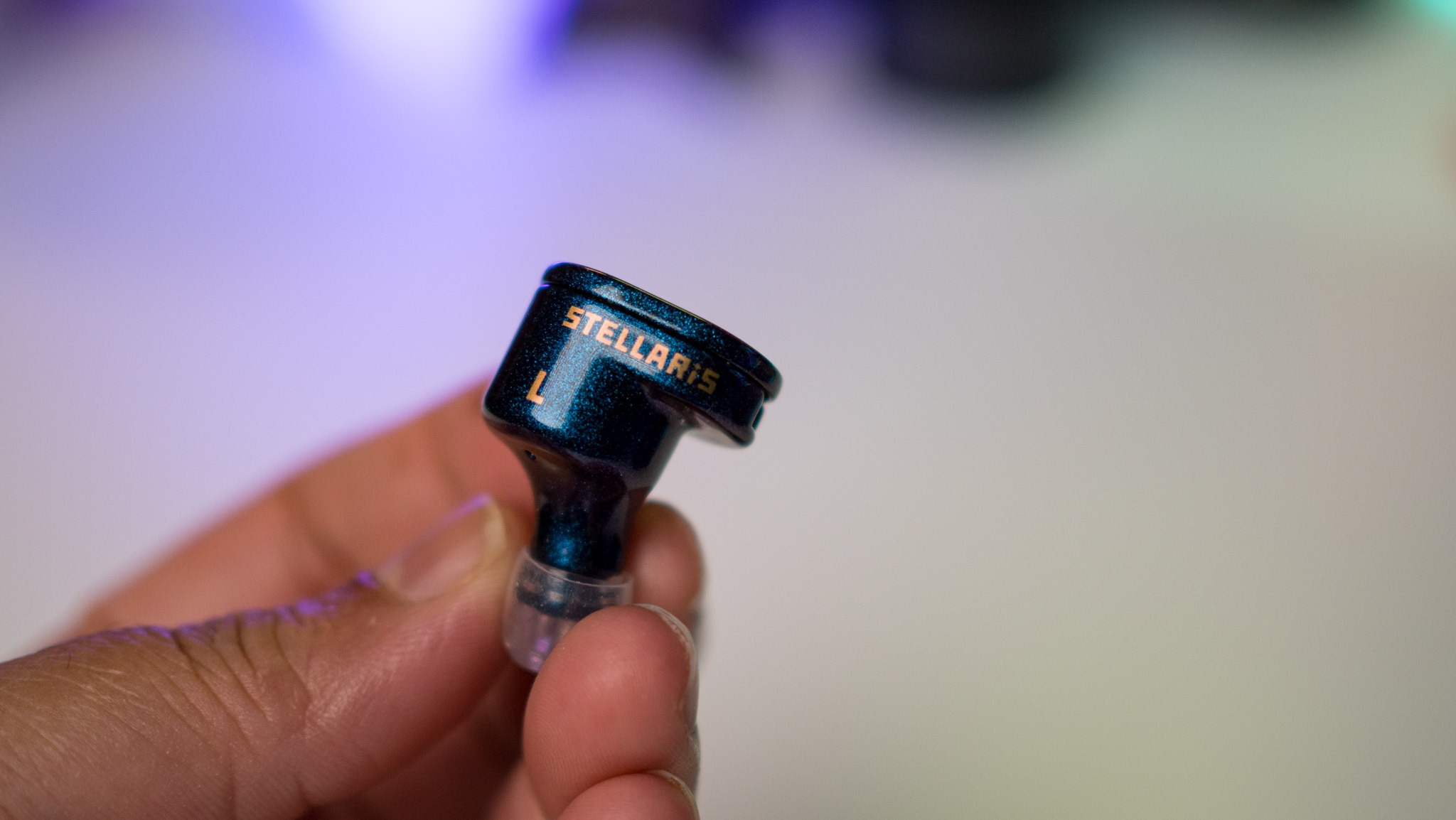
That said, these are among the largest and heaviest IEMs I've used, with each shell weighing 14g — that's considerably larger than the best wireless earbuds with large batteries. The weight is down to the metal chassis, and while that means you get rugged durability here, they're not particularly comfortable. I couldn't get a secure fit thanks to the large housing that nestled against my outer ear, and the IEMs cause fatigue when used for an extended duration.
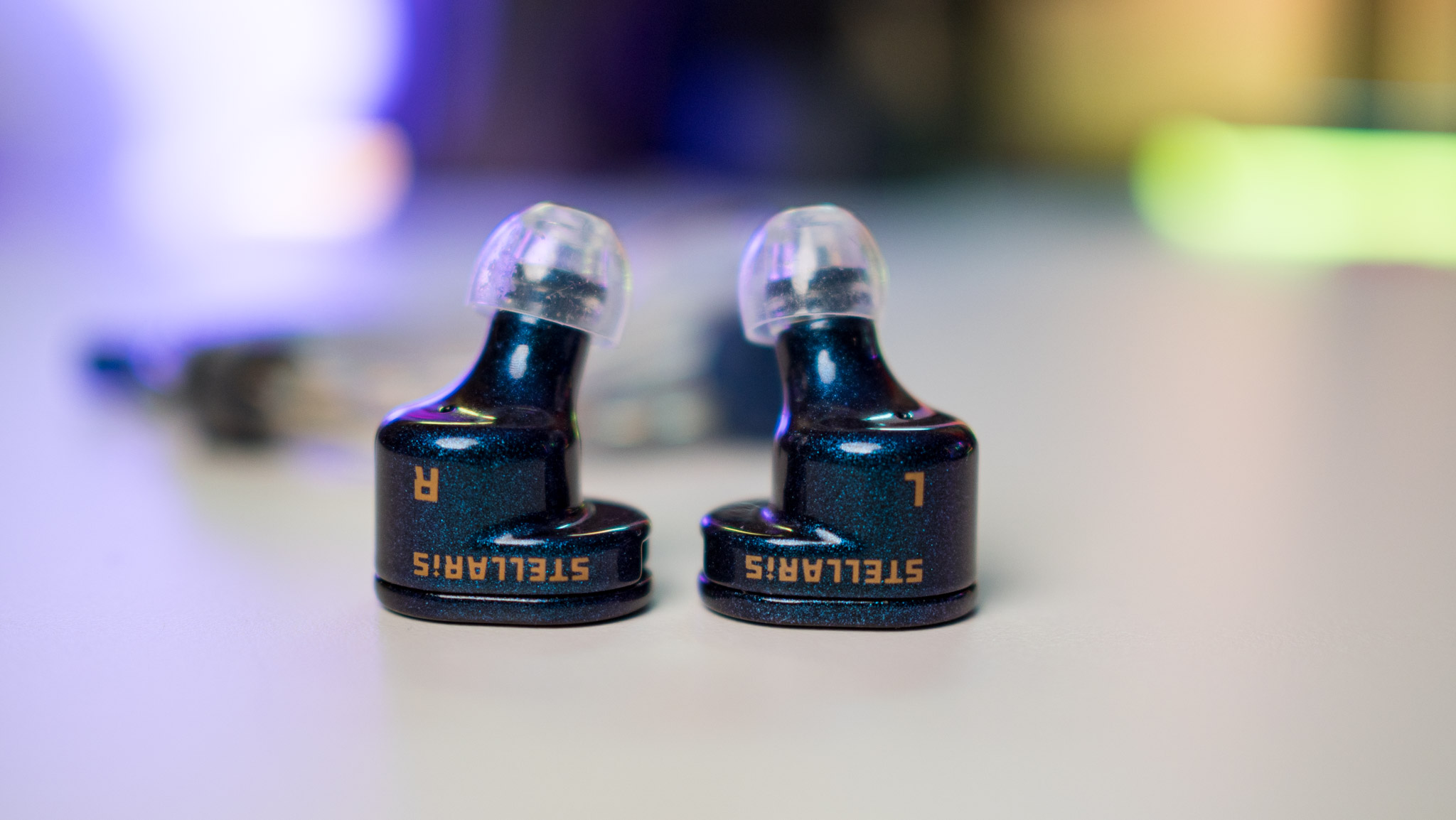
Like all Moondrop products, you get a good selection of accessories in the box, including foam and silicone ear tips in three different sizes. There's also a sturdy case bundled with the package, and the 2-pin cable that's provided in the box ends in a 3.5mm plug and follows the same blue-and-gold design as the IEMs — a nice touch.
The Stellaris are rated at 36Ω and have a sensitivity of 117dB, so you will need a decent source to drive the IEMs — I went with the Fiio BTR7, and the Bluetooth DAC had absolutely no issues.

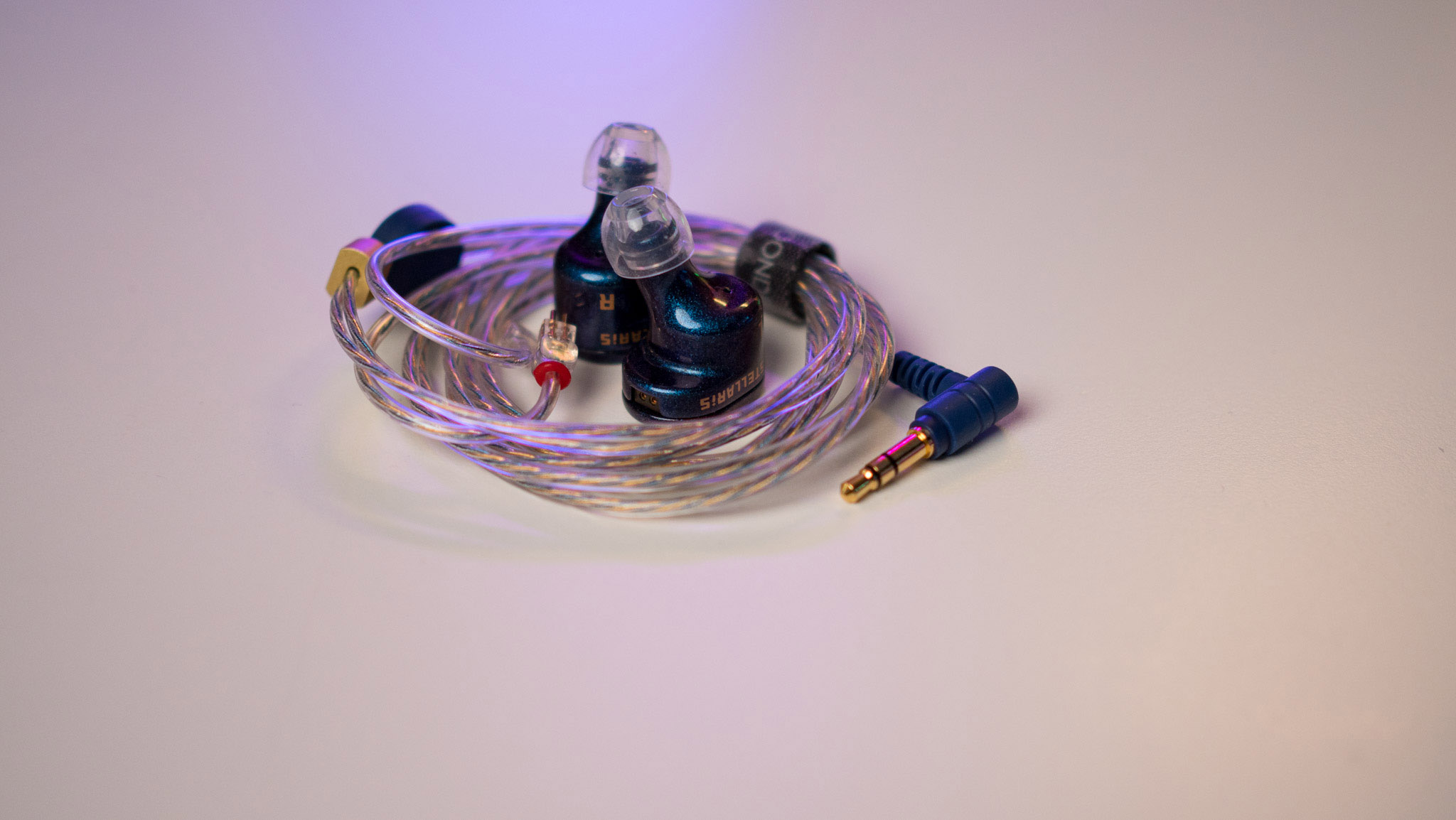
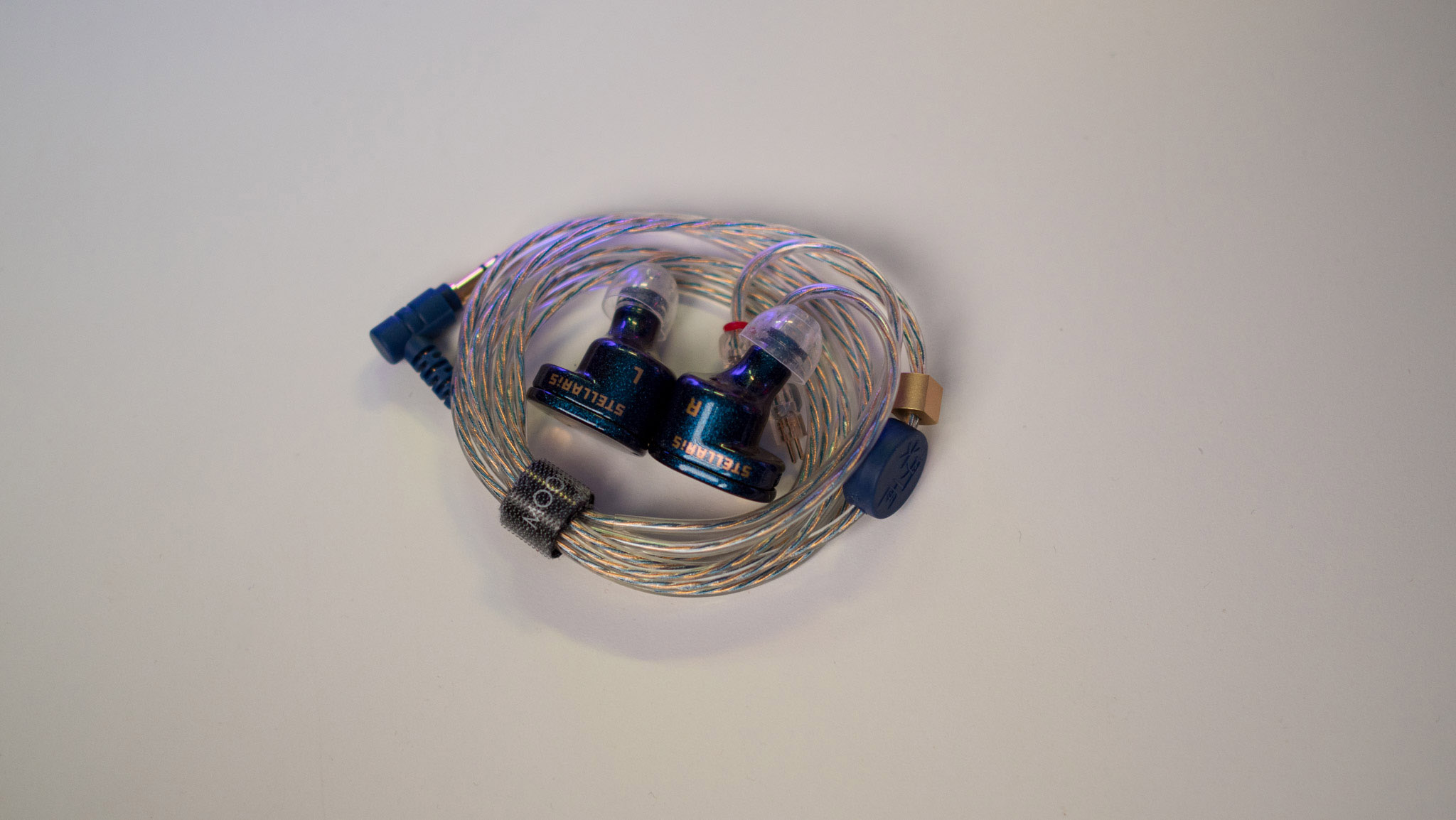
As for the sound itself, the Stellaris are divisive thanks to Moondrop's overly bright tuning — this isn't a particularly pleasant sound signature as the treble notes produce uncomfortable spikes. That ruins what is an otherwise great planar driver, as it manages to deliver meaty bass with plenty of resolution and dynamism. The Stellaris has the characteristic fast bass that's found in all planar drivers, and you get good rumble here.
Mid-range is good as well, with the IEMs pairing particularly well with classical music. But it's the treble that lets the Stellaris down, and the bright tuning makes the earbuds sound harsh and sibilant. The deficiencies with tuning is clearly evident when using the Stellaris next to the LETSHUOER S12, and while you get better detail retrieval here, the end result just isn't worth it when there are other alternatives that offer a much better sound signature.
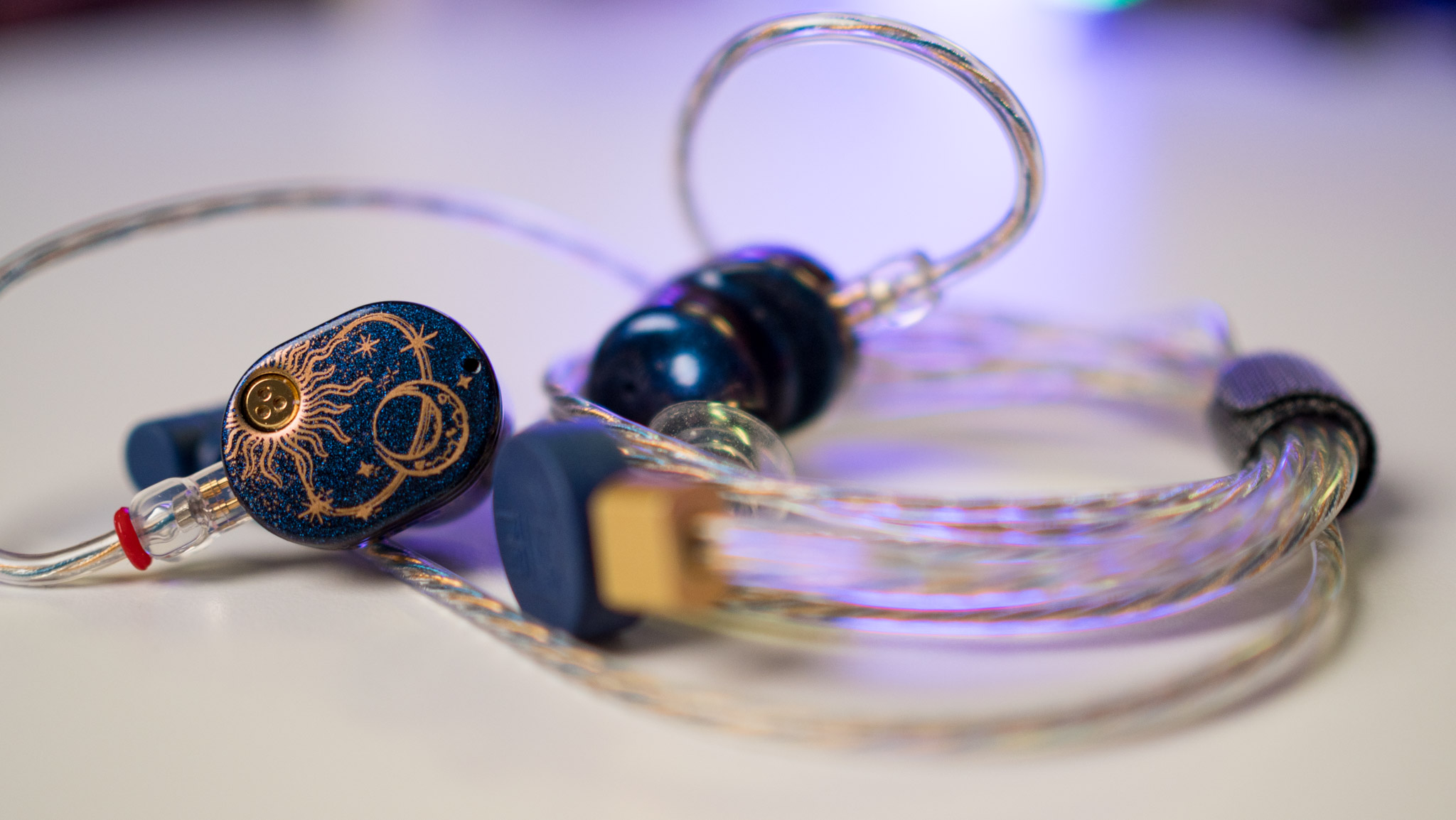
Ultimately, that's what makes the Stellaris a less-than-stellar recommendation. Moondrop got a lot right with the design, and the large fit can also be excused if these IEMs sound anywhere as good as they look.
While it's clear that the custom 14.5mm planar driver has a lot of potential, it needs re-tuning before it is on par with other planar-focused options in this category.
If you want planar IEMs for under $150, the LETSHUOER S12 is still my recommendation.
Get the latest news from Android Central, your trusted companion in the world of Android

Harish Jonnalagadda is Android Central's Senior Editor overseeing mobile coverage. In his current role, he leads the site's coverage of Chinese phone brands, networking products, and AV gear. He has been testing phones for over a decade, and has extensive experience in mobile hardware and the global semiconductor industry. Contact him on Twitter at @chunkynerd.

